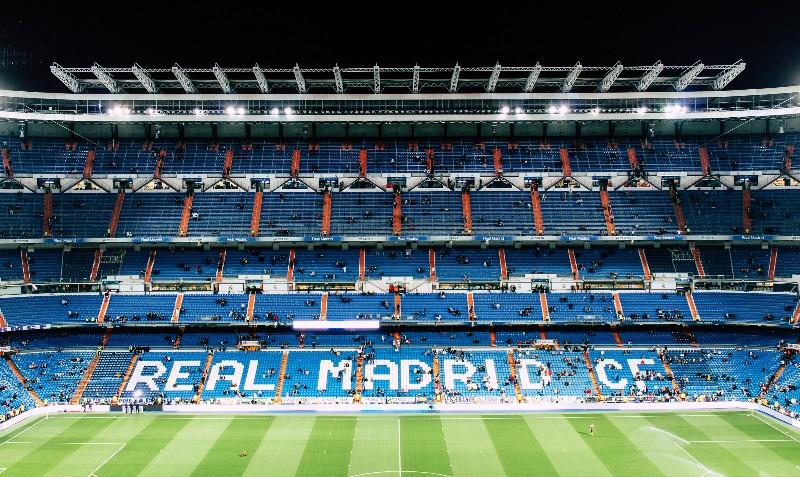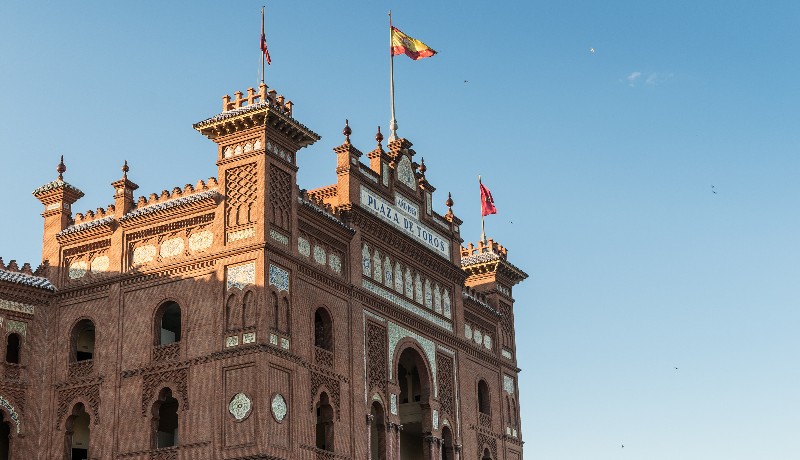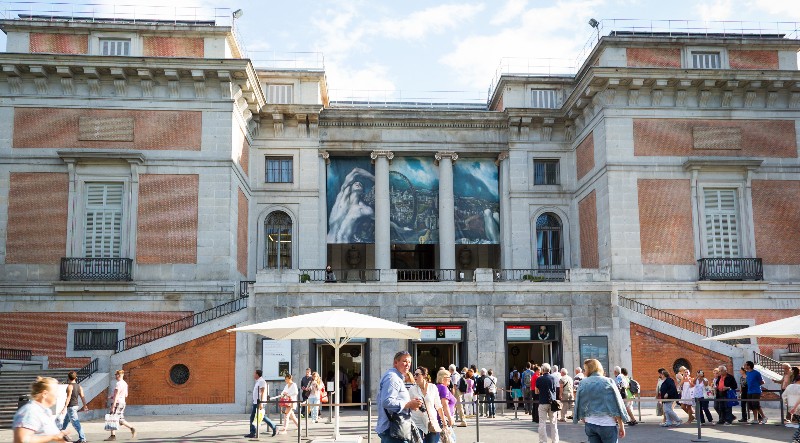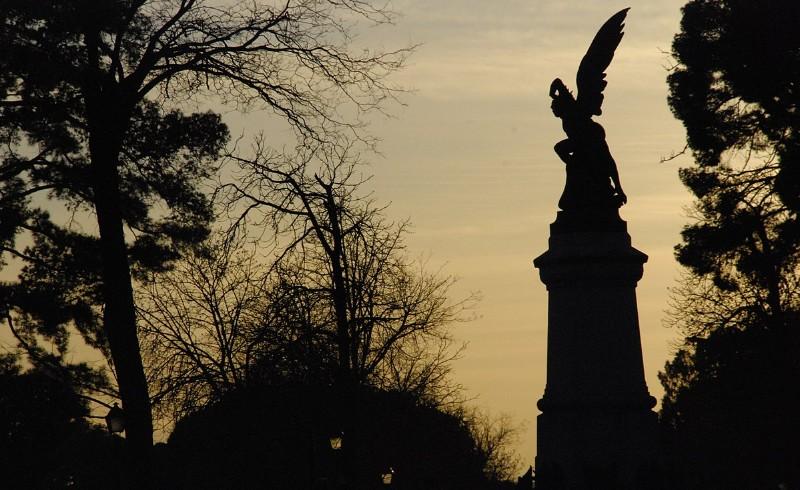Yep, it’s that time again. This month we’ve given Madrid the historic once-over, revealing the most intriguing facts about the Spanish capital. These few tidbits are likely to raise a few eyebrows.
1. Real Madrid C.F wears all white because…?

Photo by Vienna Reyes on Unsplash
There is much speculation as to why Real Madrid C.F, one of the world’s most successful football clubs since its founding in 1902, chose white uniforms. A popular theory – and the one we like best – says the white uniforms hark back to the days when boys in Spain used to play football in their white undershirts.
2. Bullfighting is still a thing here

There are more than 50 bullfighting schools in Spain today training kids from the age of 14 upwards. Some of the most prestigious of the lot – the famed Marcial Lalanda – find their home in Madrid. The trainee bullfighters here begin practicing on fake bulls, before later graduating to bull calves and finally, the adult males. While Barcelona has declared itself firmly anti-bullfighting, Madrid’s ties to this controversial sport continue.
3. Madrileños’ ‘Gatos’ nickname dates back centuries
Gatos (‘cats’ in Spanish) is the common nickname for Madrid locals. The moniker has a long history, dating all the way back to the 11th century when Madrid was under Arabic rule.
One of the Christian soldiers fighting for King Alfonso VI attempted to climb the outer walls of an Arabic stronghold. He inserted his dagger between gaps in the tones to create foot-holds, and then he ran to the fortified tower, climbing to the top and changing the Moorish flag for the Christian one. Onlookers described the soldier as having the ‘agility of a cat’. Soon he was known locally as ‘gato’. Illustrious families and members of high standing in Madrid society too picked up the moniker and, over time, all madrileños became colloquially known as Gatos.
4. Prado Museum had an absent director in Pablo Picasso

In 1936, officials behind the famous Prado Museum (also known as the Royal Museum) in Madrid gave the title of director to Pablo Picasso. He never actually worked or visited Madrid or Prado Museum ever again, but he happily accepted the designation, later saying, “All those artists finally belonged to me.”
5. A stealing attempt in the Prado Museum cost a man his life
Most major museums have faced a stealing attempt or two in their time. An attempted heist on the Prado Museum, which has four thousand works of art including pieces by Botticelli, El Bosco, Velazquez and Goya, resulted particularly horribly. In 1961, a thief tried to enter the museum from the ceiling. He fell to the ground and died.
6. The only statue dedicated to the devil is in Madrid’s Parque del Buen Retiro

By frankblacknoir, CC BY-SA 3.0, WikiCommons
Created by Spanish sculptor Ricardo Bellver, The Fallen Angel is the only public statue in the world dedicated to the devil himself. Bellver’s work caused quite the controversy back when it was first crafted in 1877, though through the years locals have become fond of the figure of Lucifer falling from heaven.
7. One of Madrid’s most popular marketplaces has a gruesome history
Locals have been bartering with shopkeepers at El Rastro flea market in Madrid’s historic centre for more than 400 years. Still, few today know why the markets got the name ‘El Rastro’. ‘El Rastro’ meaning ‘the trail’ actually came from the tanneries (workshops where animal skin was tanned to create leather) that used to populate the area. Back then, when workers transported animal remains from the slaughterhouses to the tanneries, they would leave a trail of blood in their wake. Over time, this strip became known simply as ‘El Rastro’.